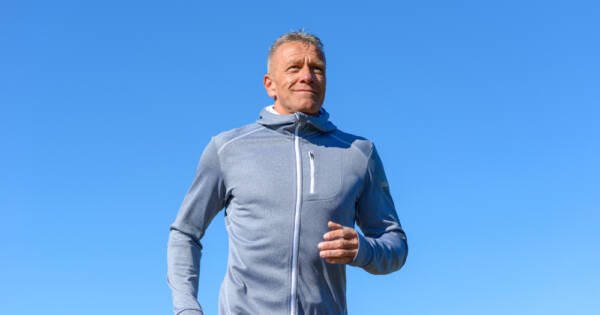Laser treatments for facial skin conditions represent a significant advancement in dermatology, offering targeted solutions for cosmetic and medical issues like sunspots, wrinkles, and skin lesions. With various types and techniques available, understanding the mechanics, benefits, and potential risks can guide individuals towards rejuvenating their skin effectively and safely.
Understanding Laser Treatment for Facial Skin Conditions
Laser treatment for facial skin conditions is an advanced technique that offers remarkable solutions for a variety of dermatological issues. It works by utilizing laser energy to target and treat specific skin conditions, which can include both cosmetic and disease-related concerns such as sunspots, wrinkles, and skin lesions. The effectiveness of these treatments largely depends on the type of laser used, which is determined by factors like the laser beam color and the targeted tissue’s color to address a range of skin issues.
How Laser Therapy Works
Laser therapy employs a low-level red laser that penetrates approximately three inches into the skin, where it is absorbed by mitochondria. This absorption boosts adenosine triphosphate (ATP) levels, which in turn enhances healthy cell production and facilitates skin repair.
An increase in collagen production is a critical element of this process. Collagen not only aids in healing but also prevents scar tissue formation by promoting healing.
Types of Laser Treatments
There are distinct types of laser treatments, including laser skin renewal, also known as laser skin resurfacing, which can address age-related concerns such as fine lines, wrinkles, sun spots, and slightly sagging skin. The two main methods include ablative and nonablative resurfacing.
Ablative treatment removes the skin’s outer layers for severe wrinkles and scars but necessitates a longer recovery time. Nonablative treatment, on the other hand, heats the underlying skin to stimulate collagen production and is ideal for milder conditions, typically requiring multiple sessions to achieve optimal results.
Advancements in Laser Technology
Modern laser treatments have advanced to accommodate a broader spectrum of skin tones, including darker shades. These treatments now carry fewer risks and side effects, making them more accessible to a wider audience. Consultation with a dermatologist is essential to customize the laser treatment plan depending on individual skin conditions and types, ensuring that the procedure is both safe and effective for each patient.
Potential Side Effects and Risks
Although laser treatments can be highly effective, they do come with a range of potential risks and side effects. These include pain, swelling, bruising, scarring, and potential changes in skin color.
Post-procedure care is vital to mitigate these risks, which includes avoiding sun exposure and keeping the skin moisturized. Patients should have a thorough discussion with their healthcare provider to understand these risks and the necessary aftercare for each treatment.
The Benefits and Drawbacks of Low-Level Laser Therapy
Low-level laser therapy (LLLT) offers a non-invasive option for treating various skin conditions. It uses red and near-infrared light to promote healing, reduce inflammation, and restore skin function. LLLT is noted for its application in reversing aging signs like wrinkles without significant side effects or downtime, making it a favorable choice for many individuals seeking rejuvenation by promoting cellular rejuvenation.
Important Considerations Before and After Treatment
Proper preparation and post-treatment care are crucial for effective laser treatment outcomes. Avoiding sun exposure and the use of certain skincare products prior to the treatment is necessary.
Post-treatment, patients should employ sunblock regularly to aid in healing and minimize the risk of scarring and infection. These steps help in maintaining the long-lasting results of laser treatments through careful management of skin health.
Why You Should Learn More About Laser Treatments for Skin Conditions Today
Laser treatment for skin conditions represents a breakthrough in cosmetic and dermatological therapy, offering a precise and effective way to address a range of issues. By understanding the types, risks, and benefits associated with laser therapy, individuals can make informed choices tailored to their personal needs and skin type.
Furthermore, advancements in technology continue to make these procedures safer and more effective, broadening their accessibility and appeal. As such, staying informed about the latest developments in laser treatments can be an advantage for anyone looking to enhance their skin health and appearance.
Sources
Effectiveness of Laser Therapy in Skin Healing
Understanding the Risks and Benefits of Laser Treatments
Advancements in Laser Skin Renewal




